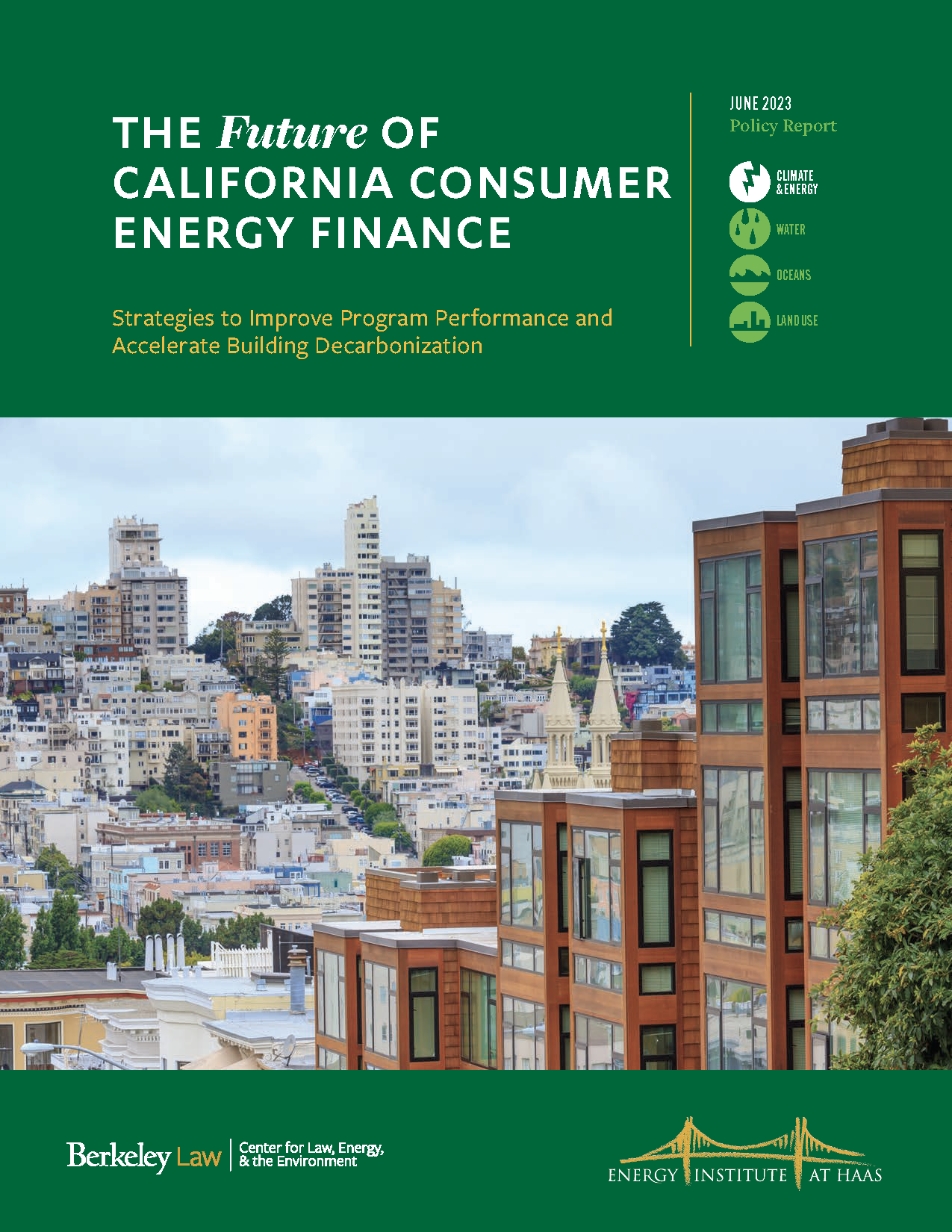June 2023
Among all the sectors California leaders need to address to achieve statewide carbon neutrality by 2045, existing buildings (which are responsible for over 10 percent of state emissions)—in particular existing residential structures—are among the most difficult to decarbonize. The state has established a range of different programs to address the problem, including a number of appliance-specific and whole-building retrofit subsidy programs, but public funds are inadequate to cover all the needed upgrades.
To fill the gap, the state has established the GoGreen Financing program, which provides access to low-cost capital as an incentive for homeowners to invest their own funds in efficiency and decarbonization retrofits. The program enables financial institutions to provide low-cost loans for qualifying energy efficiency retrofit projects with state support via a loan loss reserve fund that protects lenders from costly defaults.
In the seven years in which GoGreen Financing has operated, it has enrolled over 3,000 loans and facilitated over $55 million in residential retrofit projects. While this represents some success, the program has not achieved the necessary scale and speed compared with similar programs and given California’s 2045 climate goals. Even at their most robust and effective, financing programs will likely only fund a portion of the necessary retrofits given the millions of units in need of decarbonization work. Furthermore, financing programs are not always appropriate for lower-income residents, who will require access to alternative measures involving minimal or zero repayment obligations.
Our report, a collaboration between CLEE and the Energy Institute at Haas, considers the future of California energy finance and lays out strategies to supplement and improve the reach of California’s consumer financing programs. Recommendations include:
- State leaders should consider recovering program costs through taxpayer dollars (along with federal and private sources) rather than utility ratepayer surcharges.
- Microloan marketplace programs can expand lower- and moderate-income residents’ access to efficient and electrified appliances.
- Traditional state-supported financing is valuable for middle-income customers but has limited use for low-income residents; continuing to expand the range of electrification and decarbonization program types will help move the state forward. And an incremental approach can be a good alternative if deep retrofits are not possible.
Access the report here to see all conclusions and recommendations. Read the policy brief for a summary.
Contact Ted Lamm, Katherine Hoff, or Ethan Elkind for more information.

